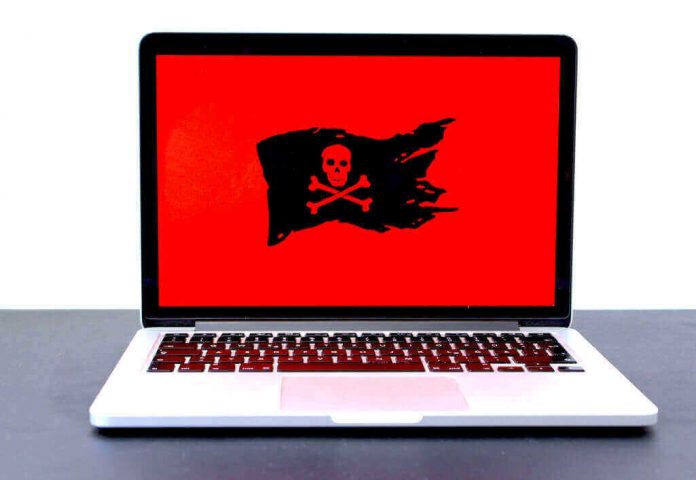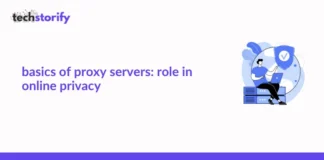Malware can attack users across all device platforms—mobile and desktop. Also, hackers aim their malicious arrows at businesses of all sizes. Moreover, you can do nothing to stop them from shooting. However, you can do something to stop their arrows from landing on you and achieving their intended malicious goals. For instance, you can use reliable anti-malware solutions to remove mac malware or adware (read here for more information about this type of threat), and other kinds of viruses.
Our guide walks you through everything you needed to know about various malware forms. Stay with it and learn more.
Contents
What Is Malware?
We need to define malware before proceeding into many details. The word is a shortened form of malicious software. Thus, it implies all forms of programs that fulfill malicious goals against their innocent victims.
For example, it can steal or corrupt your data. Malware can also hijack your information, deny you access to it, and force you to pay a ransom before releasing it. It can also disable or destroy target networks and hardware it penetrates.
Types of Malware
Malware comes in various forms. However, all of them share one common trait—they are malicious. Here are some of the leading malware types you will encounter in your daily life.
1. Viruses
This malware type damages a target gadget. It can corrupt, reformat your hard disk, and shut down the entire computer or mobile device systems. It also steals money, delivers malicious ads, and destroys networks. Viruses can access your devices only in case you activate them somehow. For example, you must download them to work against your devices.
2. Worms
Worms are the most common malware type. They spread through a system by capitalizing on its loopholes. Sadly, worms work and replicate automatically, extensively damaging their target systems or devices. They also spread faster than other malware types.
3. Trojan Horses
A Trojan horse is a dangerous app or file that disguises itself as a harmless one to dupe you into downloading it. It gives hackers immediate access to your computer after installing it. Crooks can use it to steal your information, install additional malware, spy on you, and delete your data. Fortunately, it can’t replicate itself the way worms do without combining with a worm.
4. Spyware
Just as its name suggests, this malware category spies on all your activities. It can collect your login details, financial information, and keystrokes. It spreads by optimizing system loopholes.
5. Adware
This malware form is a rogue advert app that bogs you down with unwanted ads. It places advert pop-ups on your screen. It can also steal your private information, redirect you to ad websites, and alter your browser settings. However, we still have legit adware, but it requires your permission to work.
6. Ransomware
Lastly, we look at ransomware. Its name suggests its nature because it hijacks your data, denies you access to them, and demands you pay a ransom. Otherwise, the hackers behind it can delete all your information and render you helpless. The malicious app works by encoding your files on hardware or shutting down entire systems. Afterward, it displays a message demanding a certain amount of money.
Dangers of Malware
Malware endangers individuals and organizations. Below are some of its dangers.
- It can cause significant financial losses. For instance, ransomware will force you to make unbudgeted payments.
- You risk losing your precious data unless you had backed them securely.
- It can expose your sensitive financial details to thieves who can use them to steal your money.
- It can slow down your data systems through increased traffic.
- Malware can break down entire computer networks.
How to Detect Malware
So, how can you detect malware infection in your system? We have shared some insights below to assist you in identifying malware infestation.
- If you run a complicated and extensive information network or system, it’s advisable to use advanced detection tools to identify malware. Fortunately, the market has many reliable tools you can use to identify malware in your system.
- Smaller businesses can use malware scanners to detect and remove it from their devices and systems.
How to Protect Yourself against Malware
Lastly, we examine practical ways of protecting yourself against malware. Here are the leading ones.
- Start your campaign by educating your team members about malware, its dangers, and protecting oneself against it.
- Encourage your team to use strong passwords to minimize infiltration risk.
- Update all your anti-malware applications regularly to ensure they can handle the latest attacks.
- Never download software from unsecured or suspicious third-party sites.
- Don’t click on any strange attachment link.
- Always back up all your critical information offsite.
- Limit access to all confidential files.
Now you’ve got everything a beginner needs to know about malware at your fingertips. It’s your choice to use these insights to start an adventurous journey to protect yourself against malware.













